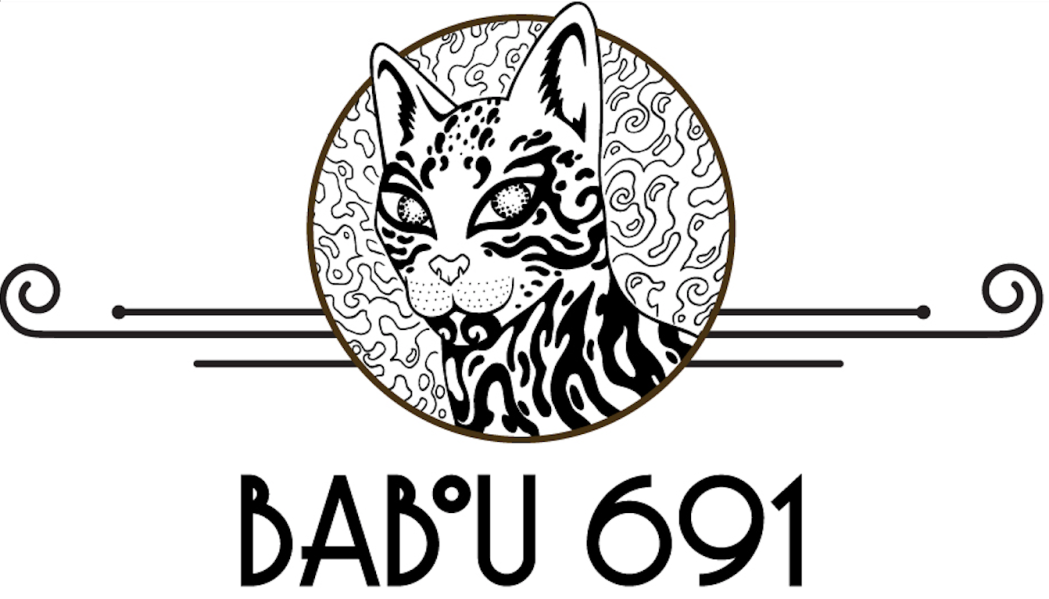Welcome to Part 3 of 6 in our series “How to Grow Bizarro 3.” This series began on the Zé Burns Blog back in December of 2019. How to Grow Bizarro 1 covered ways the average reader could help strengthen and expand the genre, while How to Grow Bizarro 2 looked at the larger picture. This current series asks members of the bizarro community THEIR thoughts. This week: author and publisher Ira Rat
By Ira Rat
The other day I stumbled upon an article about microgenres that placed bizarro fiction alongside cli-fi and cashier memoir. If these genres aren’t ringing any bells, you have to wonder how visible bizarro is in the eyes of the general public… Sorry to provide a needle for your balloon—we aren’t.
My question is, is it a problem of “brand recognition”? Lack of a strong manifesto or mission statement? Do we need more presses? Or is it that the waters of what is bizarro just too mudded for people to know that they’re already fans? Honestly, I don’t know, that’s why I’m asking you… but I do have a few thoughts on the subject.
In the 20 years of its existence, bizarro has sampled liberally from many genres. From horror, sci-fi, fantasy, detective, romance, westerns, and so many subgenres that I won’t even bother to list. So even at its most distinct, the genre is somewhat ill-defined, and despite all the debate—what it comes down to is “I know it when I see it.”
After all, my video store’s cult section growing up had The Toxic Avenger and My Dinner with Andre.
But is it even an independent genre or is it a scene? A tone? An attitude? Almost every movement in art consists of groups of people who run semi-independently and try different things. Read On the Road then Naked Lunch and try to find the commonalities. So, let’s just call it a community for the sake of this.
Read more outside of the scene: There’s one thing that I’ve noticed, and I compare it to what happened to comics during the 80s. They were the first generation of comic artists to learn how to draw almost exclusively from reading comics. With that, the style became exaggerations of exaggerations, soon the muscles were too big, the waists too small—if the characters were real, they would barely stand up.
From reading many submissions to Filthy Loot (plug, plug) I’ve noticed that many new bizarro authors learned to write from other bizarro authors. And with that, they’re sometimes once removed from what makes a compelling story. The exaggerations compound, and it just becomes weirdness for its own sake. Which is fine, and can work. But if you want people to want to read more of your stuff, the story has to be able to stand up.
Stop gatekeeping. I’ve heard it said on several occasions that one of the things we need is more exclusively bizarro presses. Or that there should be a clear-cut definition of what bizarro is, etc. But is throwing up a wall really the right thing to do if we want more people to be involved?
The more we interact with other communities, getting involved, and possibly even blend in, the more opportunity we have for drawing in potential “converts”. Once we have them, we start name dropping other bizarro authors and presses to new fans, spreading the gospel like a virus.
Ira Rat works and lives in Ames, IA. He operates Filthy Loot.

